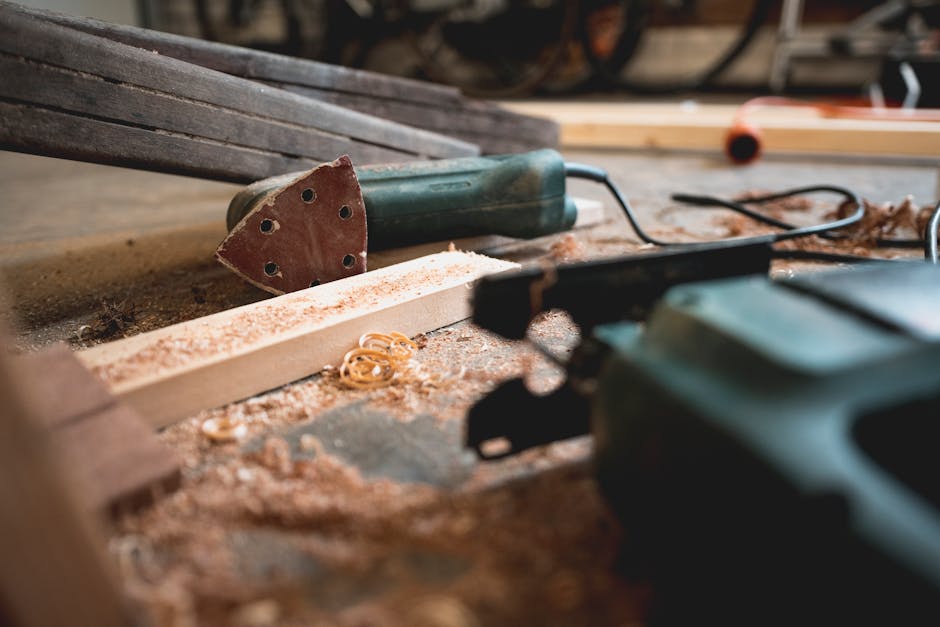
Historical Woodworking Methods
Historical Woodworking Methods
If you have an interest in woodworking, delving into the techniques and methods employed by traditional woodworkers throughout history can be both exciting and enlightening. These time-honored practices offer a unique perspective on the skill and craftsmanship of our ancestors.
The Beauty of Handcrafted Woodwork
In an era dominated by mass-produced furniture and power tools, it is easy to forget the artistry exhibited by handcrafted woodwork. Exploring the historical methods allows you to appreciate the intricate details and fine craftsmanship that went into creating each piece.
A Journey Back in Time
By studying historical woodworking methods, you embark on a journey back in time. You gain insights into the tools and materials used by woodworkers in different periods, such as the ancient Egyptian, Roman, or Renaissance eras. Learning about their techniques can inspire you to incorporate traditional methods into your own projects.
Woodworking Methods Through the Ages
There is a wide array of historical woodworking methods to explore. From joinery techniques such as dovetail joints and mortise and tenon joints to carving methods like chip carving and relief carving, each method carries its own distinct beauty and challenges.
Preserving Traditional Craftsmanship
By learning and practicing historical woodworking methods, you contribute to the preservation of traditional craftsmanship. These techniques are a vital part of our cultural heritage, and by keeping them alive, you ensure that future generations can learn and appreciate the artistry of woodworking.
Passing on the Knowledge
One of the most rewarding aspects of studying historical woodworking methods is the opportunity to pass on the knowledge to others. Whether through teaching classes or mentoring aspiring woodworkers, you can help ensure that these valuable traditions continue to thrive.
